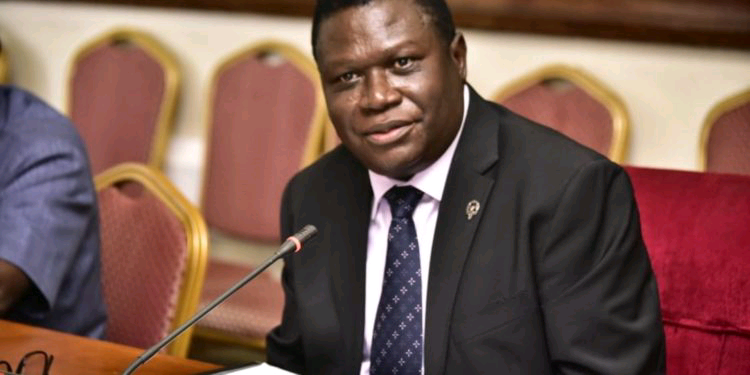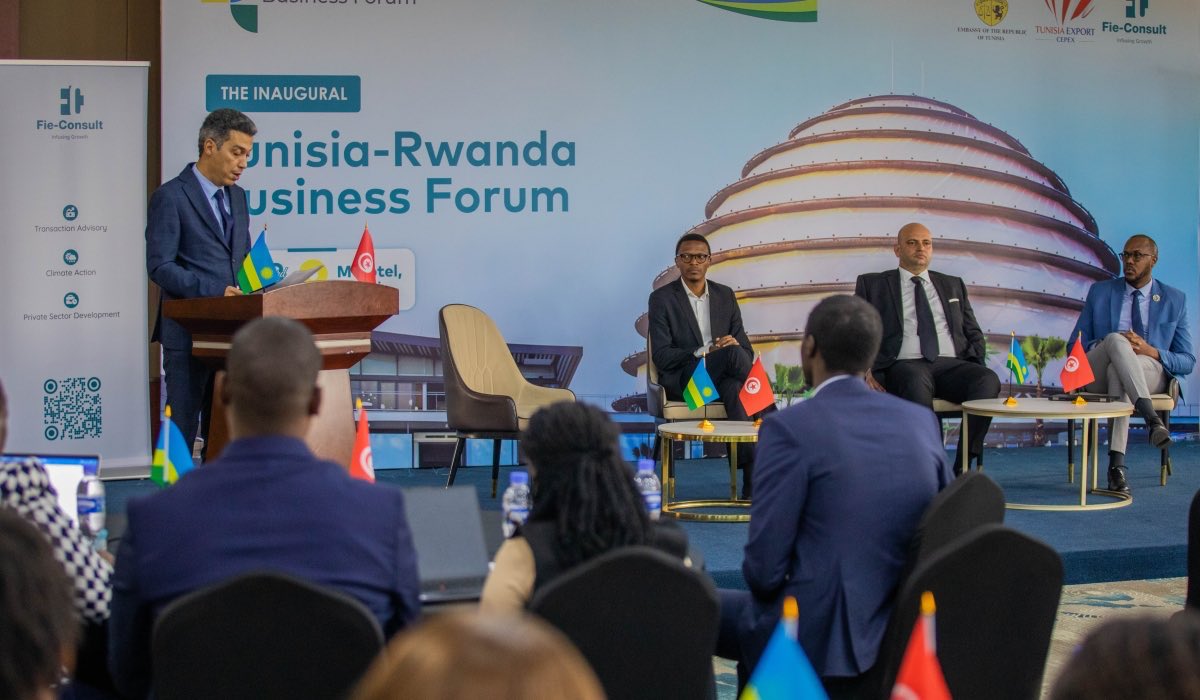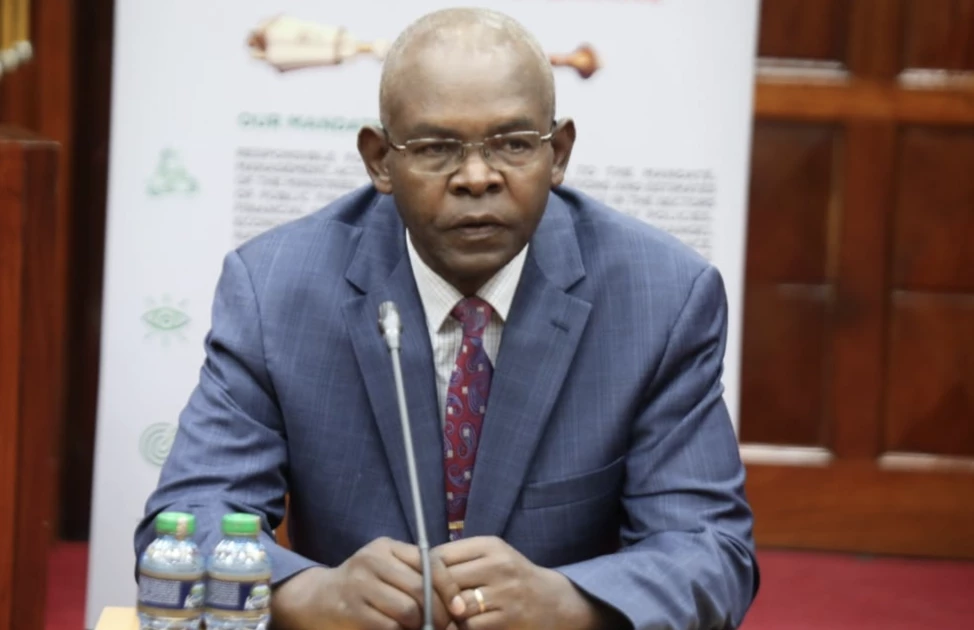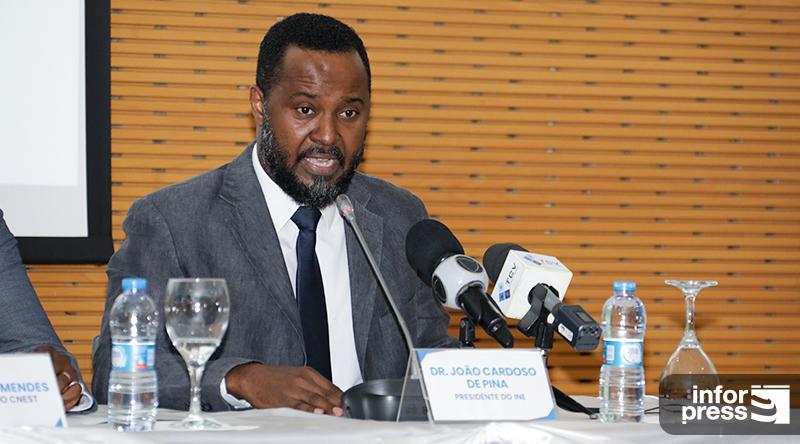Capital Flows Reverse—DTB’s Burundi Sale and the Future of Frontier Finance
DTB Kenya’s sale of its 83% Burundi stake signals a shift in African banking: capital is being pulled from small, high-risk markets toward stronger hubs. For investors, it mirrors global retrenchment trends and highlights frontier fragility.

DTB Kenya’s decision to sell its 83.67% stake in DTB Burundi to a Burundian-led consortium is more than a portfolio reshuffle. It signals a recalibration of regional banking strategy at a time when East African lenders are under pressure to optimize capital, respond to sovereign risk, and compete in an increasingly fragmented financial landscape.
DTB entered Burundi in 2009, gradually building to four branches and securing a top-ten ranking. But recent numbers pointed to fragility: assets fell from BIF 107.3 billion to 105.4 billion, deposits contracted by 10.4%, and gross loans shrank 5.8%. Profits nearly doubled, but this was driven by reduced provisioning rather than sustainable lending growth. In effect, the Burundi unit was surviving, not scaling.
The divestment must be viewed against the broader East African banking context. Equity Group (NSE: EQTY), with its footprint across six countries, has doubled down on the DRC, betting on its resource economy despite volatility. KCB Group (NSE: KCB) has focused on Tanzania and Rwanda, consolidating gains but avoiding high-risk micro markets. By contrast, Barclays/Absa (JSE: ABG) pulled out of underperforming African units in the 2010s, consolidating in stronger markets. DTB’s exit mirrors the Absa model more than the Equity approach: pruning marginal assets to sharpen returns, rather than absorbing sovereign and operational risk in smaller economies.
The comparison also extends beyond Africa. Global banks have made similar moves: HSBC (LSE: HSBA) exited Turkey and Brazil retail, Standard Chartered (LSE: STAN) pulled back from Lebanon, and Barclays (LSE: BARC) retreated from Egypt and Zimbabwe. The playbook is consistent—capital is scarce, and marginal operations in high-risk environments are sacrificed to strengthen core profitability. For investors, this indicates that African lenders are not immune to the same global pressures of risk-weighted asset optimization and return on equity discipline.
Burundi itself becomes the other side of the comparison. With weaker forex markets, lower GDP per capita (~USD 270), and higher political risk ratings, it lacks the scale of Kenya (USD 110 billion GDP) or Tanzania (USD 85 billion GDP). For DTB, each additional franc of capital in Burundi tied up buffers with limited return. By contrast, Kenya’s banking sector yields higher spreads and offers more digital scalability, while Uganda and Tanzania provide medium-sized but growing economies.
For global markets, DTB’s decision matters in three ways. First, it underscores the limits of cross-border diversification in frontier Africa. Investors who bought into the “pan-African banking” story in the 2010s are seeing a rebalancing: institutions now choose focus and efficiency over geographic reach. Second, it signals that frontier economies risk being left behind. Burundi’s financial system relied on the credibility and capital depth of foreign banks; losing a shareholder like DTB reduces resilience, making its sovereign risk more acute. Third, it mirrors the broader frontier debt repricing trend. Just as global investors are pruning portfolios, banks like DTB are pruning theirs—Kenya’s 2032 Eurobond (XS2016001772) trades at ~10% yields, Ghana’s 2032 bond (XS2015271039) sits above 15%, and Burundi itself has no viable path to tap international markets.
The sale also hints at capital redeployment. With CFA franc zone banks like BGFI (Libreville-based) expanding cautiously and pan-African lenders like Access Bank (NGX: ACCESSCORP) seeking scale in high-return markets such as Mozambique or South Africa, DTB may redirect resources into digital banking, higher-margin SME lending, or infrastructure financing in its home and near-home markets. In that sense, Burundi is not just being exited; it is being traded for opportunities with higher expected returns.
As seen DTB’s retreat from Burundi may not be a minor adjustment. It is a data point in a larger story: the rationalization of African banking footprints, the prioritization of capital discipline, and the emergence of a new normal where smaller markets struggle to retain foreign lenders. For investors in African banks, ETFs like iShares MSCI Frontier and Select EM (NYSEARCA: FM), or sovereign bonds, the message is clear—expect consolidation, sharper focus, and selective exits. For Burundi, the risk is the opposite: financial isolation just when capital is most needed.





